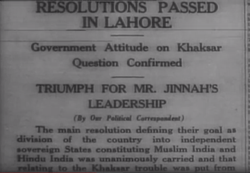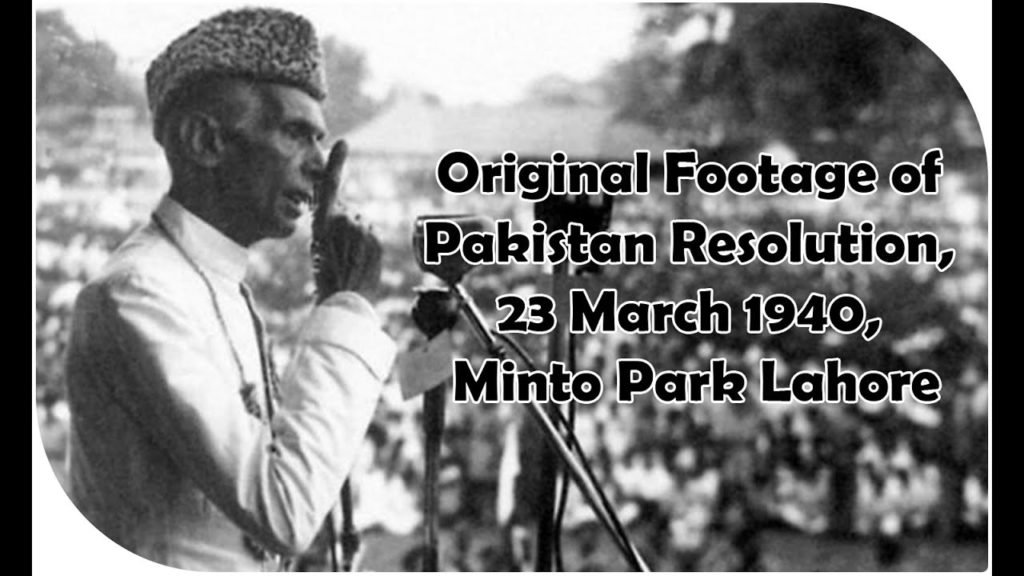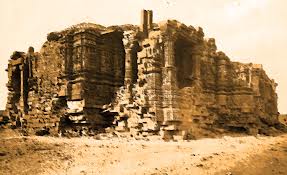PARTITION OF HINDUSTAN-1 : religion as a political tool
Partition of India is a blood soaked tale of religious bigotry & hate against Hindus. These tales need retelling because the strategies that were then perfected by Jinnah continue to be used against Hindus. Dharma continues to be attacked because we choose to close our eyes to the danger posed by islamist hate
















